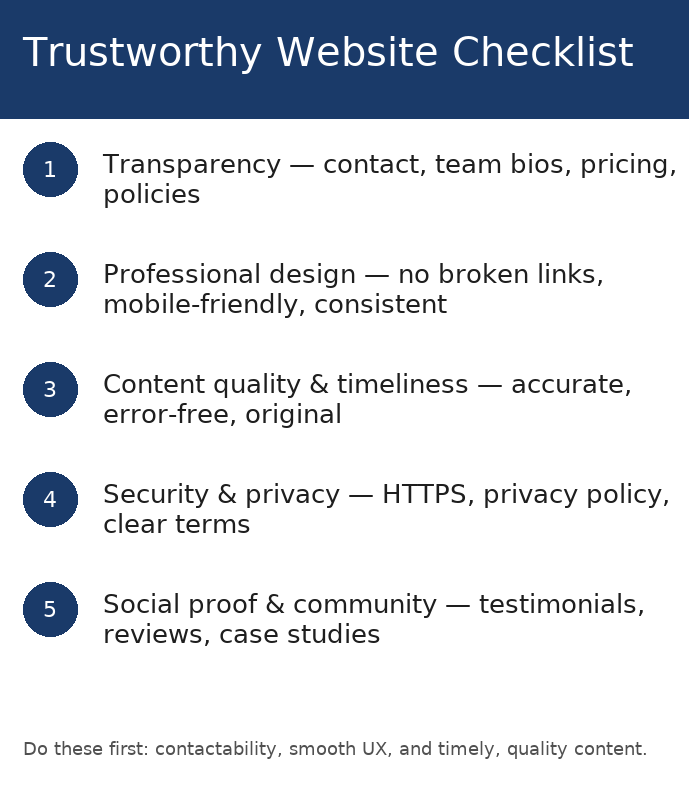5 Ways to Say More With Less in Your Business Writing
Ever slogged through a sentence like this — when you could say more with less?
“We’re writing to let you know that we’ve made several important updates regarding the current policies in effect, which we believe will make a difference going forward.”
It’s like swimming through molasses. Clear writing (and decent editing) cuts the drag.
The secret to finding the sweet spot?
Balance brevity and clarity: use enough words so readers get the full meaning. Don’t meet them halfway through run-on sentences or fragments; sometimes a few extra words give them the context they need to prevent confusion.
❌ Because regulatory approval is still pending.
✅ We delayed the product launch because we’re still awaiting regulatory approval.
Work harder so your readers don’t have to. Pretend you’re editing a movie: if it doesn’t move the plot forward, it hits the cutting room floor.
How to Say More With Less
1. Cut the qualifiers – “Very,” “really,” and other qualifiers can bloat your writing. Remove them to say more with less.
Example: “We’re really excited about our new product.”
Revised: “We’re excited about our new product.”
(Or better yet, show why.)
Bonus tip: Scan your drafts for these fillers and ask, “Does the sentence lose meaning without it?” If not, leave it out. Or as William Strunk, Jr. and E.B. White said in “The Elements of Style,” let every word “tell.” Don’t use two words when one will do.
2. Watch your adverbs – These words usually end in “-ly.” Use adverbs sparingly, only when you need to make a point. They’re usually a sign you should trim the fat because your verb isn’t working hard enough. Instead, try a stronger one.
Example: “The car rolled down the driveway slowly.”
Revised: “The car crawled down the driveway.”
One word > three.
More meaning, less mess.
3. Adjective objectivity – Not all descriptors are bad, but many are unnecessary. Often, you don’t need them unless they’re relevant to your subject matter.
Example: “Made of high quality steel, these knives are tough enough to slice tin cans.”
Revised: “Made of quality steel, these knives slice tin cans easily.”
Another example: Our innovative, groundbreaking, world-class solution improves workflow.
What does “world-class” add that “improves workflow” doesn’t already imply? Can you show the result instead — like “cuts busywork by 50 percent”?
Keep what matters. Cut the rest.
4. Save on specifics – Sometimes less detail = more clarity. Your readers want the takeaway, not the entire backstory. Move from the specific to the general:
Example: “We toured every split-level between 3rd and Pine before settling on our fixer-upper.”
Revised: “We toured dozens of homes before choosing our fixer-upper.”
Need to give more context? Instead of writing a description or explanation, link to more information or add a visual. You don’t have to cram every fact into one sentence.
5. Think visual appeal – You can also say more with less by changing how your words appear. Help readers see the point.
- Highlight key points; use bold sparingly
- Chunk information blocks into two columns
- Turn a long paragraph into a tidy list
- Consider a chart or infographic when things get complex — and attract attention
Bust the wall of text to give their brains a rest — and their eyes a place to land.
Great writing doesn’t stop at fewer words. It aims for the right ones to make a point. It’s “He moved quickly” vs. “He dashed.” One word = more impact.
Word choice, not word count, matters the most.
When you hit “delete” on that clever metaphor you spent ten minutes crafting, it can hurt (been there, done that!). To soothe the pain, know your readers will see the meaning clearly without the clouds — and your words hold more weight.
And if you’re unsure, a second set of eyes can help you prune your words for stronger phrasing.
What are some of your favorite ways to say more with less? Feel free to comment below.
QUOTES
“I would have written a shorter letter, but I did not have the time.” ~ Blaise Pascal
“The poem is a form of texting…it’s the original text. It’s a perfecting of a feeling in language — it’s a way of saying more with less, just as texting is.” ~ Carol Ann Duffy


